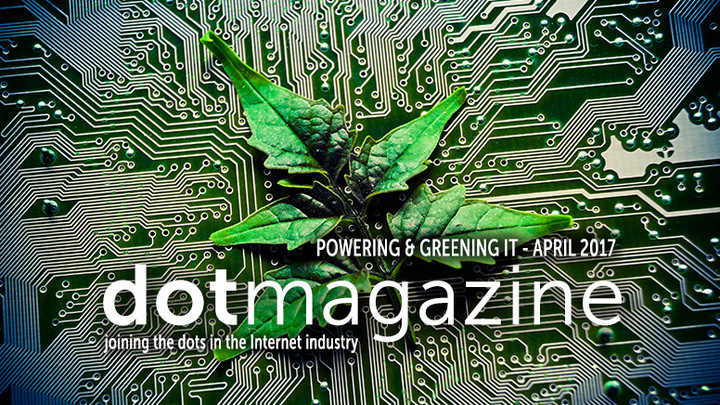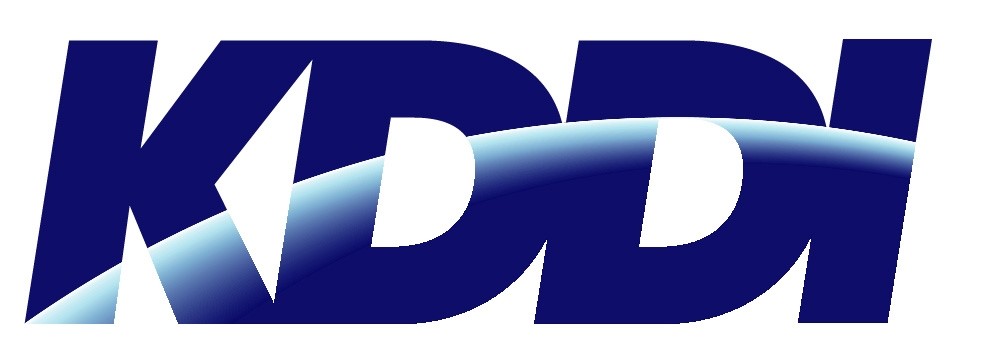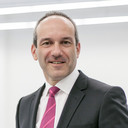doteditorial April 2017
Dr. Béla Waldhauser, Leader of the eco Competence Group Datacenter Infrastructure, on powering and greening IT.

© weerapatkiatdumrong | iStockphoto
Energy or power, in different manifestations, was essential for the first, second, and third industrial revolutions. Now we find ourselves at the beginning of the fourth, coined Industry 4.0, and reliable power and efficient power usage has never been more vital; rapidly it is becoming more so (for more on Industry 4.0, or IoT, see How to Combat Global Warming with the Internet of Things, by Jochen Lorenz from Corning).
The digital infrastructure that is driving modern industrial and social transformation is power hungry. Keeping the costs down is important not only for the infrastructure providers, but also for the value chains built on top – allowing cost savings to be passed on to their customers, and their customers’ customers.
Wherever you look, at the basis of the entire digital economy and all digital industries you will find a data center, and all data center providers and operators are intent on improving their efficiency and their PUE (Power Usage Effectiveness) (for more information, see this issues's feature Reducing the Bill for Powering the Digital Economy). It just makes sense.
Ten years ago, the average PUE was 2.0 or more – back then, power density was lower, the cost of power was lower (especially in Germany), and the concept of Green IT was still in its infancy. This has changed completely in the last decade. Nowadays, the PUE of a modern data center needs to be definitely below 1.5 to be competitive and acceptable. The reasons for this are various: cost is clearly an issue, but so are customer expectations, and so is a commitment to reducing the data center’s and the customers’ carbon footprints (listen to the interview with Bruno Fery from ebrc on the EU Code of Conduct, and read the article by Alex Bik from BIT BV on green data centers).
Much has been achieved in the last ten years: We now have hot and cold aisle containment as standard, we can have much higher temperatures in the data center (according to ASHRAE) than were previously acceptable (meaning less spent on cooling), and infrastructure suppliers have put a lot of effort into designing more efficient infrastructure for data centers. The increased energy efficiency of UPS systems, chillers, CRAC units, etc. have had a major impact. Direct and indirect cooling concepts, and data center infrastructure management and monitoring software have also played their part (more on increases in the efficiency of data center infrastructure can be found in the interview with eco's Roland Broch on innovative approaches to energy efficiency, the article by Armin Höfner from Telehouse on the use of kinetic energy for emergency power, and the interview with Marc Wilkens on improving data center efficiency).
However, as the PUE is becoming smaller and smaller, and the data center infrastructure is becoming increasingly efficient, we need to also look at the efficiency of the IT infrastructure. On the server side, we now have much more efficient power supply units – that draw less power when the server is idle compared to operating. Today, more server farms are virtualized, enabling one server to operate multiple applications, or house multiple customers, and in this way significantly optimize processing power. The cloud, and most particularly Infrastructure as a Service (IaaS), is THE role model for virtualization and the joint usage of server capacity. But there remains room for improvement here, as many customers are still not virtualizing all of their servers. So, while the data center infrastructure has become extremely effective, there is still room for improvement in the power consumption of the IT equipment, which now makes up to approx. 75 percent of power used by a data center (with a PUE of e.g. 1.3).
And yet, even the PUE is only a relative measure of the data center efficiency, and we do need much closer cooperation between IT and Facility Management in data centers in order to optimize the total energy consumption, not only the PUE.
All in all, we will see in the future that the digital infrastructure will consume more and more power as it becomes increasingly important in business and private spheres. Gains in efficiency will always be balanced against increases in demand (find more on this in Staffan Reveman's article "Data Centers in the Transformation to Sustainable Energy Consumption" and Dr. Ralph Hintemann's interview, "Why and How the Energy Requirements of Data Centers Are Growing"). On the other hand, we will see, for example through Industry 4.0, reduced energy consumption for the same output of any industrial good.
Energy is more than just power. Energy also includes motion, heat, and light – which can be transformed into power when we need it. Today, there are a multitude of ingenious methods on the market, at a prototype stage, or being researched, which support digital infrastructure and other areas of industry with novel approaches to energy efficiency, energy recovery, energy storage, power generation, stabilization of the power grid, and ways to guarantee uninterrupted power for essential and sensitive tasks. In this issue of dotmagazine, we look a few of these – and ponder where we would be without that most essential of modern conveniences: power.

Dr. Béla Waldhauser
Leader of the eco Competence Group Datacenter Infrastructure, eco - Association of the Internet Industry
CEO of Telehouse Deutschland & KDDI Deutschland


Please note: The opinions expressed in Industry Insights published by dotmagazine are the author’s own and do not reflect the view of the publisher, eco – Association of the Internet Industry.


